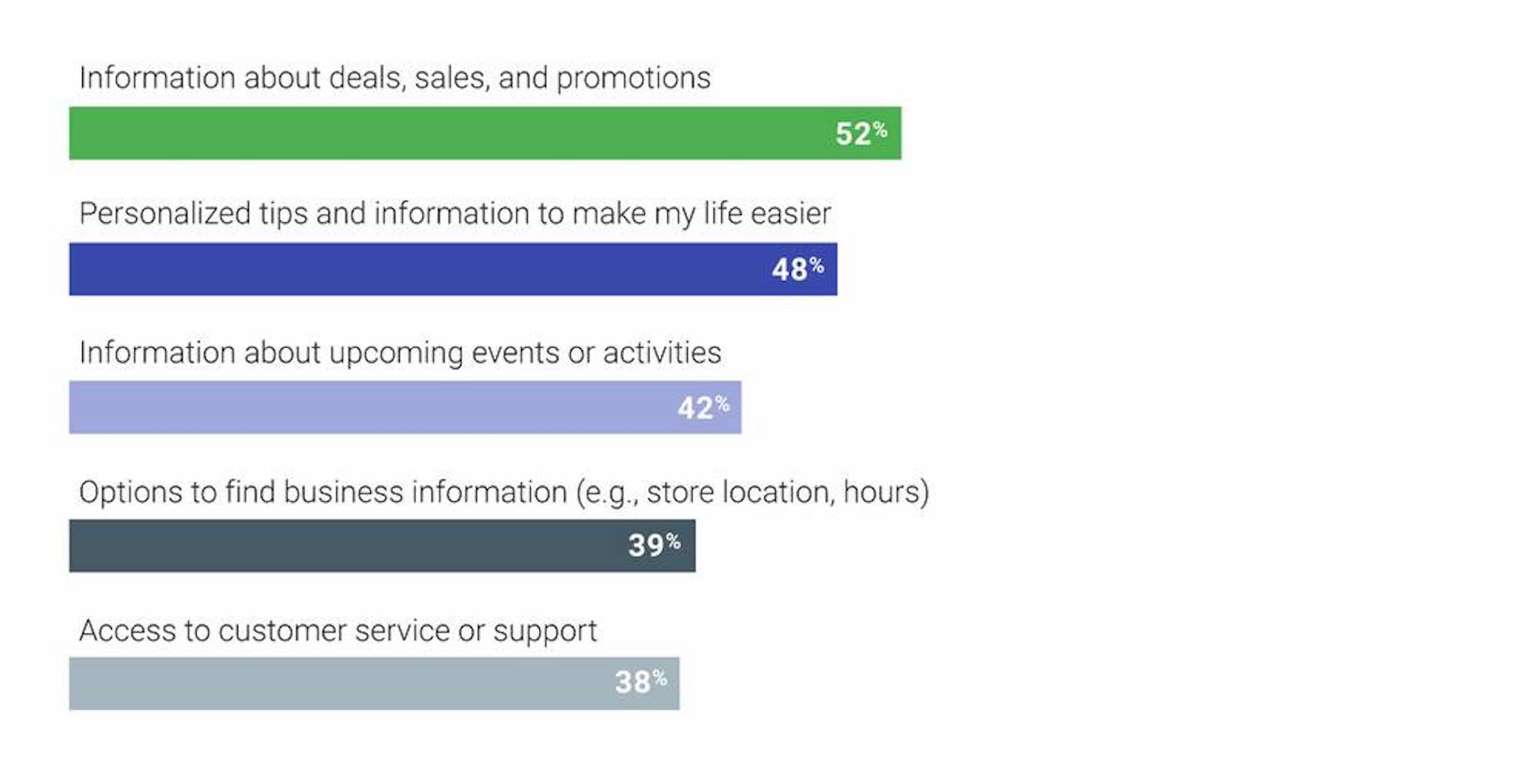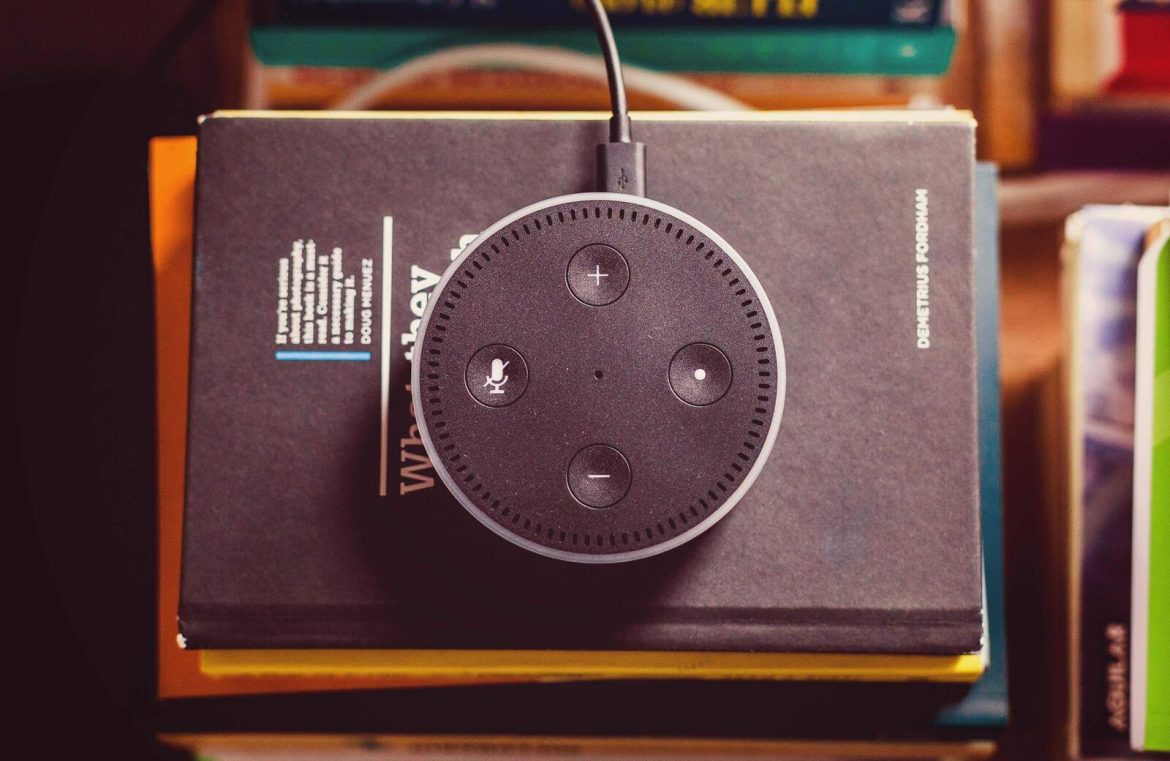1. Prioritize Immediate Answers
A survey by Bright Local in 2018 notes that 28% of voice search users end up calling a business straight away from search results. This suggests the importance of easily accessible information on your mobile site. Users employing a combination of voice and mobile are typically on the lookout for a rapid route to engagement, whether by:
- Discovering store hours;
- Finding customer support or a chat feature;
- Booking services or appointments;
- Learning about promotions or discounts.
Insights by Google and Peerless shed light on the sort of content voice searchers often seek:  A voice search is typically about quick responses, spurning the laborious task of navigation. Strategically placed summaries and essential details in headers or menus can vastly enhance user satisfaction.
A voice search is typically about quick responses, spurning the laborious task of navigation. Strategically placed summaries and essential details in headers or menus can vastly enhance user satisfaction.
2. Integrate Location into Your Content
Localizing your website’s content is vital when considering voice search optimization, as 46% of voice search users look for local business info daily. If your site caters to a certain locale, this represents an opportunity to tailor the user experience. Key strategies include:
- Incorporating the name of the area in your content and metadata;
- Creating region-specific pages;
- Selecting visuals that represent the locale;
- Geotagging all multimedia elements;
- Ensuring all localized audio and video content has transcripts.
These efforts can position your website prominently for “near me” or location-specific voice searches, which could be critical to outshining competition.
3. Craft Callouts to Answer User Questions
Google reports that 41% of voice search users perceive their interactions to be conversational. This preference for natural dialogue influences the search performance of websites. It might not be your role to pen the content, but shaping it to appear in voice search results is achievable. Start by identifying common questions using tools like Answer the Public and KWFinder. Review your Google Analytics data for natural-sounding searches. Once you’ve pinpointed these queries, weave them into your metadata and create dedicated snippets on your site to capture this audience. Not only will this directly benefit voice search users by simplifying their information retrieval, but with the right structured data markup, this content could surface directly in search results.
Summary
The shifting tide of web engagement towards voice search and smartphone dominance requires web design to adapt. Users are looking for more interactive, conversational, and seamless ways to get information, and optimizing for voice search is a crucial part of meeting this demand. Featured image courtesy of Unsplash.

